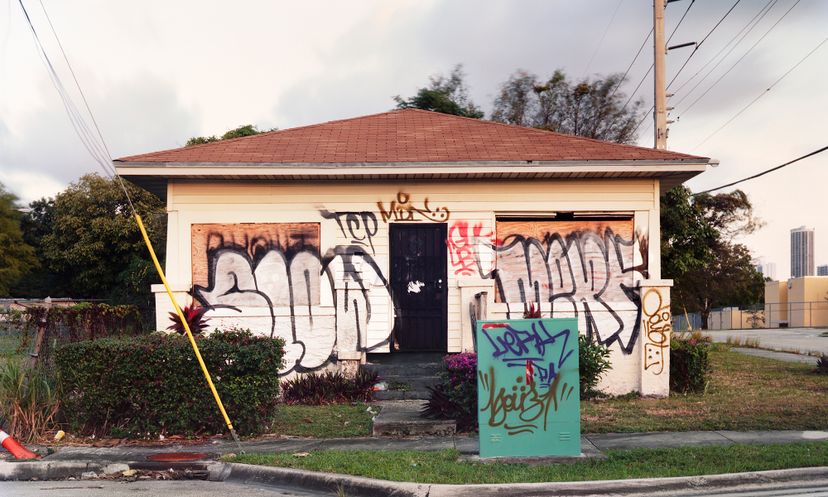
About This Quiz
There goes the neighborhood. When wealthy interlopers start building luxury condos and juice bars in formerly gritty and eclectic neighborhoods, tensions can get high. Test your knowledge of the gentrification process with this quiz.The shift of capital investment out of urban areas characterized by "white flight" led to a prolonged period of "disinvestment" in many urban neighborhoods.
From $700 to $5,000 per month?! Small mom-and-pop businesses don't generate enough revenue to survive such dramatic rent increases.
While there is no formal definition of gentrification, the displacement pattern gets to the heart of the process.
Advertisement
Glass, a Marxist, wasn't a fan of the concept; she was most concerned about the fate of the lower income residents when wealthier homeowners moved into the neighborhood.
Ruth Glass, who coined the term gentrification, was British and would've understood "gentry" to mean the ruling class.
Apartments and homes previously occupied by larger families are typically bought by younger professional couples and singles.
Advertisement
During gentrification, smaller apartments are merged to create larger, luxury units.
Urban pioneers are often artists or students who are attracted to the cheap rents and gritty charm of the neighborhood.
Chain stores wouldn't arrive until the very last stages of gentrification.
Advertisement
When home prices and apartment rentals become too high in the more established neighborhoods, people begin looking for the next hot district.
In most states, a new or existing landlord can evict a month-to-month tenant with 30 or 60 days notice.
No, the landlord must wait until the lease or rental agreement expires.
Advertisement
It depends on a particular city's rent control laws. Some cities include a "vacancy decontrol" statute in their rent control laws, meaning that only the original tenant qualifies for a fixed rent. If that tenant moves or is evicted for just cause, the landlord can raise the rent for new tenants.
In most cities without rent control laws, the landlord is free to increase his or her rents to the fair market value of the property.
This new data seems to disprove the theory that lower-income residents are actively displaced from gentrifying neighboorhoods.
Advertisement
Census research seems to indicate that succession, rather than displacement, is the more accurate model of the gentrification process in most cities.
Increased economic activity, lower vacancy rates and lower crime are three of the more positive effects of gentrification. While higher prices are a boon to landlords and some business owners, they tend to marginalize and exclude lower-income residents.
This data matches the general perception of gentrification being driven by young, white professionals.
Advertisement
The demographic of 40-to-60-year-old Hispanics without high-school diplomas seems to depart from the conventional understanding of the gentrification process.
High-school educated black residents who owned their own home contributed 33 percent of the total income gain compared to 20 percent for college-educated whites.